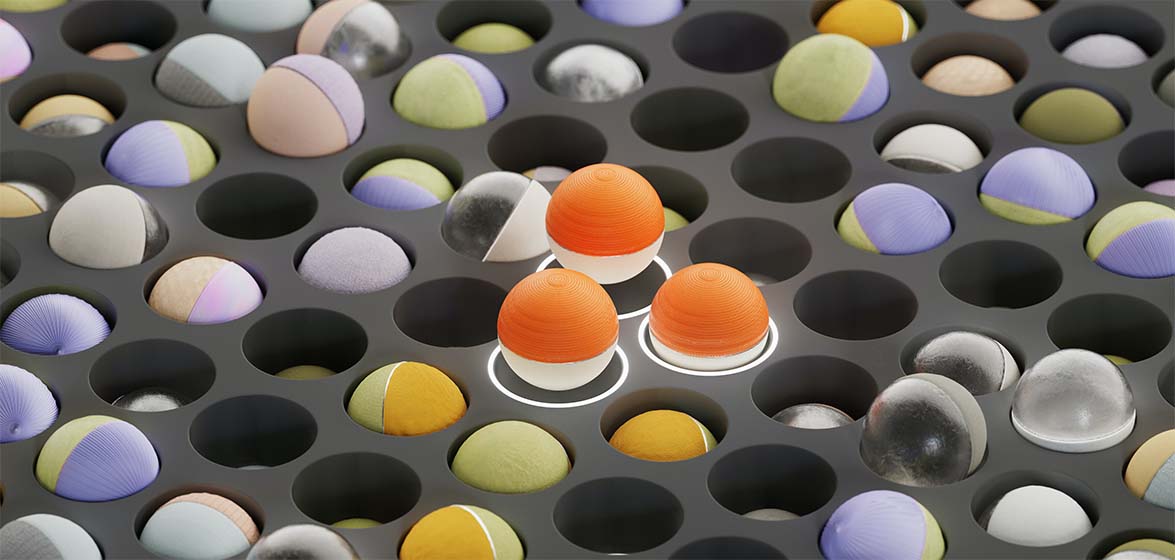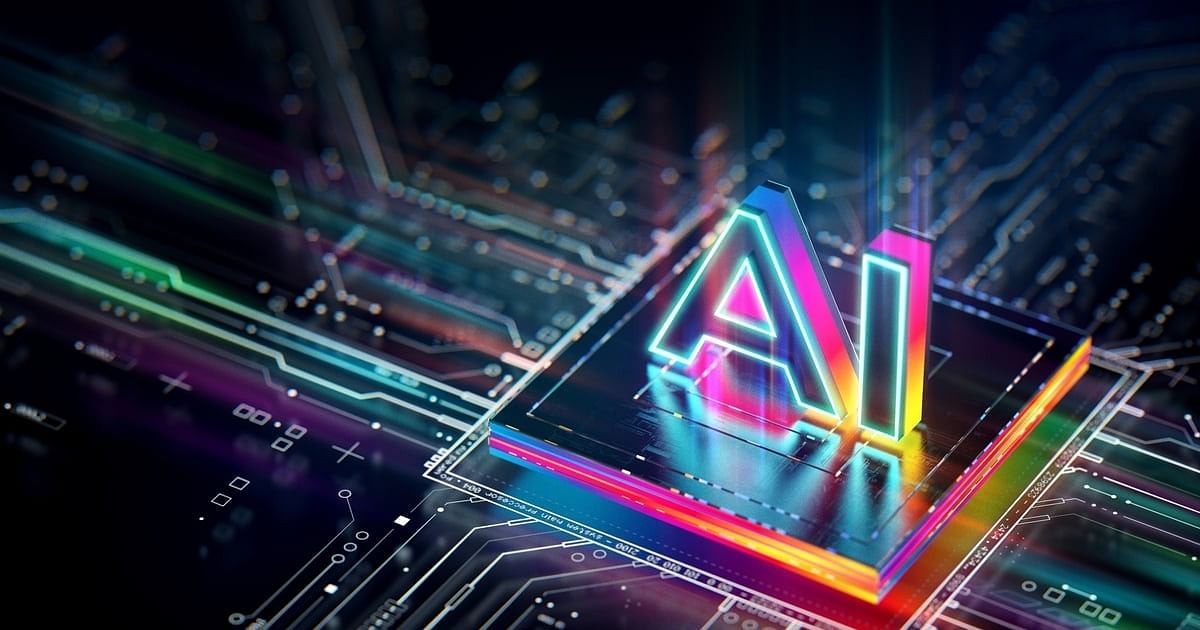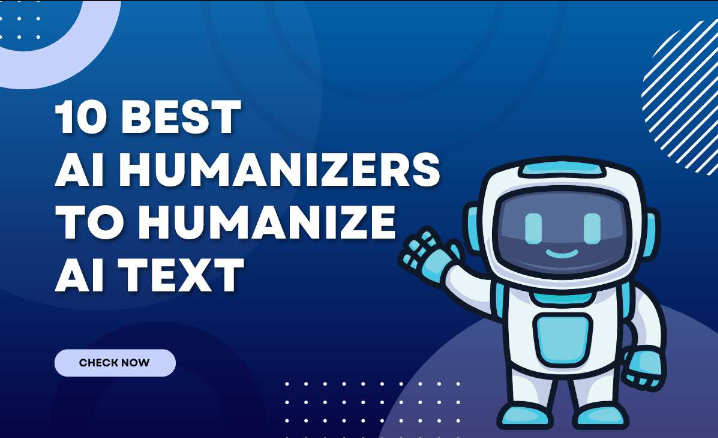Photo by Maxim Hopman on Unsplash
Welcome, art aficionados, curious minds, and even the most discerning tech skeptics! We embark on a fascinating expedition to the intersection of cutting-edge technology and timeless creativity: artificial intelligence (AI) and its burgeoning influence on the artistic landscape. Fiction has long portrayed AI as a cold, calculating usurper of human creativity, churning out sterile imitations devoid of originality. But is this science fiction morphing into our reality? Let’s delve deeper, venturing beyond the clickbait headlines and into the intricate tango between machine learning and artistic expression.
AI Art: From Quirky Chaos to Mimicry that Makes You Do a Double Take
AI’s foray into the artistic world wasn’t a dramatic unveiling with fanfare. It began with a playful curiosity. Early systems resembled a toddler’s first finger painting experiments, generating nonsensical images, a digital kaleidoscope of color and shape that lacked any semblance of form. However, as algorithms matured and datasets ballooned exponentially, AI art production took a quantum leap.
Prepare to be amazed by the captivating world of AI art:
- Generative AI Systems: Masters of Mimicry: Imagine feeding a hungry AI system a collection of Vincent van Gogh’s vibrant, swirling landscapes and requesting it to create a new one. Generative AI systems are trained on massive datasets of images and styles, empowering them to conjure entirely new visuals that often echo the works of famous artists or artistic movements with uncanny resemblance. From emulating the expressive brushstrokes of Claude Monet’s water lilies to capturing the bold lines and geometric shapes of Art Deco, these systems can create pieces that bear an eerie resemblance to iconic artists and styles.
- AI-Assisted Art Creation: A Symbiotic Dance: Some artists are embracing AI not as a competitor, but as a collaborator on their creative journey. They might leverage AI to generate initial concepts, explore variations on existing ideas, or even create unique textures and patterns. Think of it as a digital brainstorming partner, tossing out ideas and possibilities that can spark fresh creative avenues for the human artist. This synergy between human vision and machine learning is pushing the boundaries of artistic expression in ways never before imagined.
- AI Art Critics: Friend or Foe? Not content with just creation, AI is even venturing into the realm of art criticism. Some systems analyze artworks, identifying stylistic elements, influences, and potential connections to other works. While this technology is still in its nascent stages, it could offer valuable insights to both artists and art enthusiasts. Imagine an AI system providing a detailed analysis of a Jackson Pollock abstract expressionist piece, highlighting the artist’s use of drip techniques, color theory, and potential emotional undertones.
Beyond Mimicry: The Soul of AI Art — Does it Exist?
Photo by Swello on Unsplash
But here lies the crux of the matter: Can AI truly be artistic? Can a machine devoid of human emotions and experiences ever create art that resonates with the human soul? This is a complex debate with no easy answers, leaving philosophers, artists, and tech enthusiasts alike pondering this existential question.
Let’s delve into some arguments that fuel the fire of the debate:
- The Importance of Originality: A Cornerstone of Artistic Expression? Some argue that true art requires originality, a spark of something new and unique that only a human mind shaped by life experiences can conjure. AI, by definition, is derivative, relying on existing data to generate its creations. It’s a skilled mimic, but can it ever truly innovate and break new artistic ground?
- The Power of Emotion: The Missing Ingredient? Art often evokes a spectrum of emotions — joy, sadness, anger, inspiration. These emotions are deeply intertwined with the human experience. Can a machine, lacking the capacity for feeling, ever truly understand and express these emotions in its art? Can an AI system, programmed on datasets of landscapes or portraits, ever truly capture the raw vulnerability of a self-portrait or the melancholic beauty of a rainy cityscape?
- The Value of Human Experience: The Missing Brushstroke? Art is often deeply personal, shaped by the artist’s life experiences, their joys and sorrows, their hopes and fears. These experiences imbue a piece of art with depth, complexity, and a story waiting to be told. Can AI, devoid of a lived experience, ever replicate the depth and complexity of human emotion in art? Can an AI system, programmed on millions of images, ever truly understand the emotions behind a brushstroke?
However, let’s not dismiss AI art so quickly. There are counterarguments worth exploring that paint a different picture:
- Evolution of Artistic Expression: A Continuous Dance? Throughout history, art forms and movements have emerged, challenged existing norms, and redefined what constitutes art. Perhaps AI art is simply the next step in this evolution



